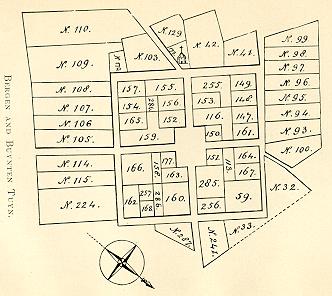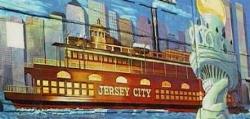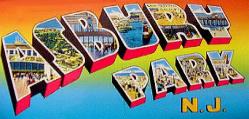Advertise Online
–
SEO - Search Engine Optimization - Search Engine Marketing - SEM
– Domains For Sale
– George Washington Bridge Bike Path and Pedestrian Walkway
– Corona Extra Beer Subliminal Advertising
– Outlaw Motorcycle Gangs
– Pet Care
–
The Tunnel Bar
–
La Cosa Nostra
–
Jersey City Free Books
Bergen
March 1st, 1660, Tilman Van Vleck petitioned for permission
to found a village near the maize land, a clearing and Indian
corn field at and around what is now the junction of
Montgomery street and Bergen avenue. He was refused and
again asked, to be again refused, April 12th. A third application
upon August 16th of the same year was successful. It was
granted upon the following conditions: "The site should be
selected by the Governor and Council; it must be a place easily
defended ; the land to be distributed by lot, and work on each
plot begun within six weeks. Each owner of a lot to send one
man able to bear arms. The houses were to be within a fortified
village, and the farms we're to be outside." It is highly probable
that Governor Stuyvesant planned the new village, which was
surveyed and laid out by Jaques Cortelyou, Surveyor of Nieu
Netherland. This, the first village in New Jersey, was named
Bergen, after a small town in Holland, the most important of the
provinces constituting the United Netherlands. A square of eight
hundred feet on each side was cleared and crossed with two
streets that intersected at right angles. A plot in the centre of
160 by 220 feet was reserved for public use. On the exterior of
the outer streets now known as Vroom, Idaho, Tuers and
Newkirk, surrounding the entire plot, the stockade was erected,
with gates at the cross streets, which are now known as
Academy Street and Bergen avenue. This was completed in
1661.

Tradition states that on the corner of Vroom and Tuers
streets was built a block house as a protection against
the Indians. It was near the first church. Winfield
thinks that the houses were of logs and probably
thatched with cattails. It is an interesting fact that
the first lot taken in the new village, now known as 201
Academy street, was bought by Cornelis Van Reypen,
1st. The house now occupied by Mr. Cornelius Van
Reypen, 3d, is the second upon the lot, which has always been in the possession of and the home of the lineal
descendants of the founder of the family in Bergen.
It is also true of the Van Wagenens, Romeyns, and
Van Winkels on Academy street, that they are living
on the lands allotted to their ancestors at the founding
which have never passed from the family
possession. Representatives of the Sip and Newkirk
families also still hold ancestral lands. In this respect
Bergen has quite an exceptional record for an American
town.
 The Statue of Liberty, Ellis Island, and The Central Railroad Terminal
The Statue of Liberty, Ellis Island, and The Central Railroad Terminal
Visit Liberty State Park!














